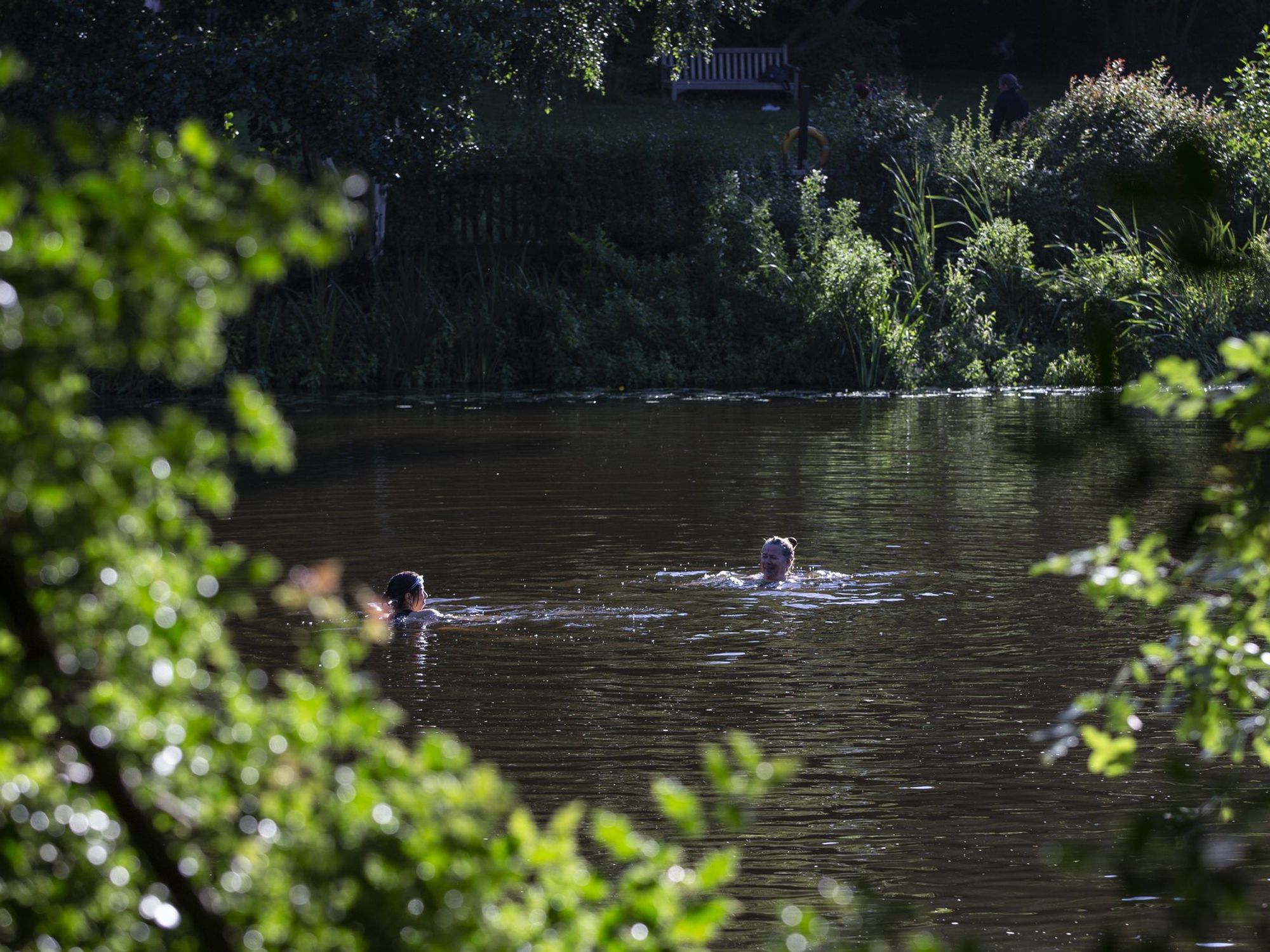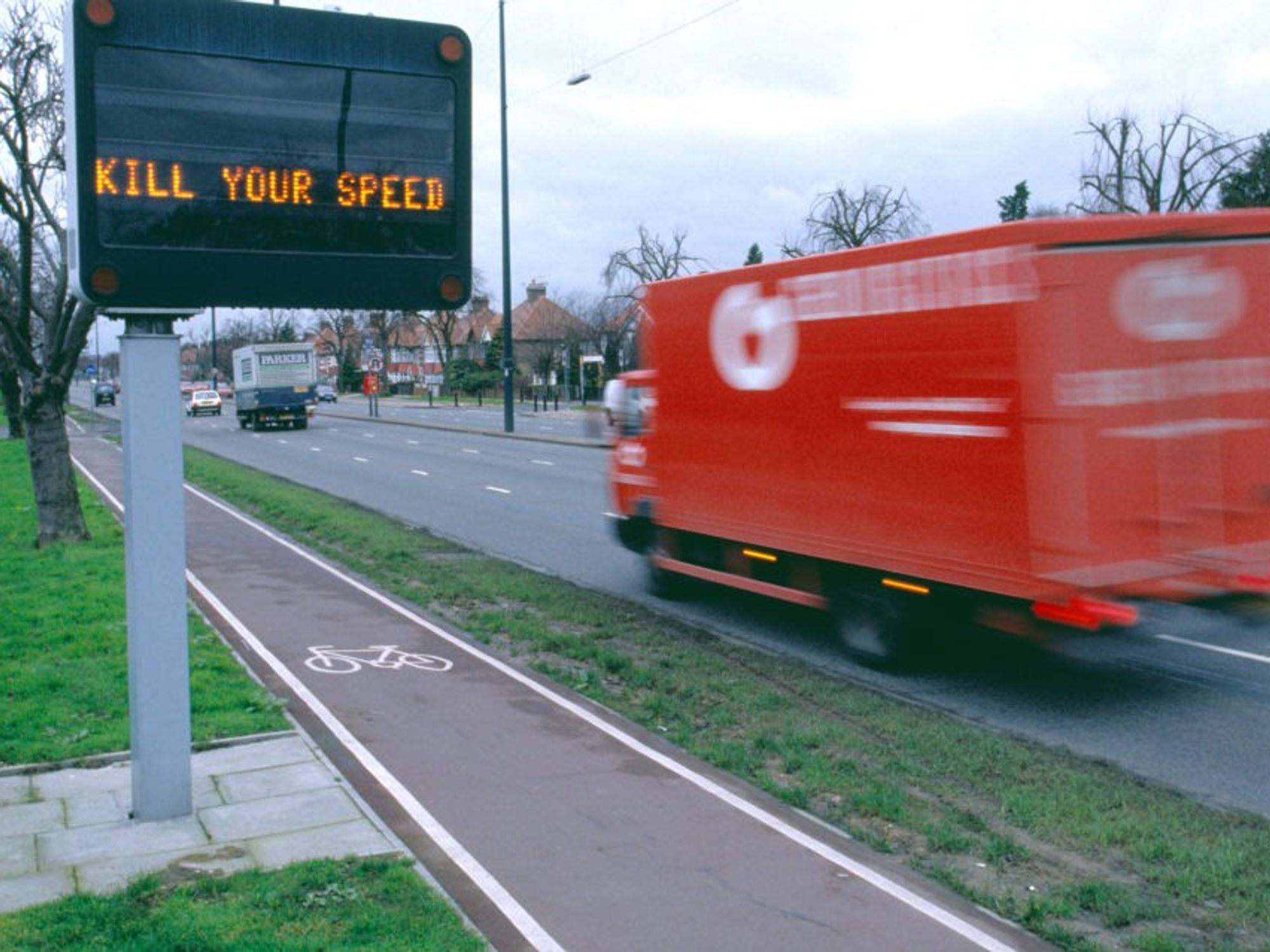Easyjet pilot identifies three most dangerous airports to land at - one popular with British holidaymakers
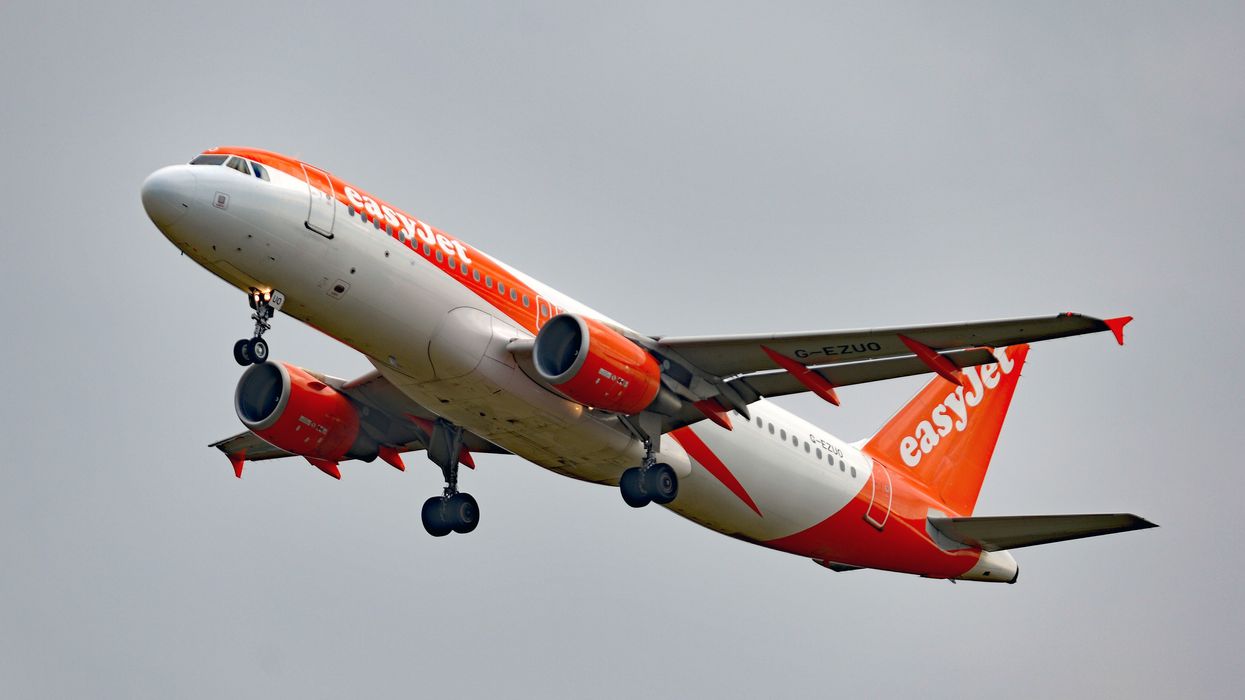
EasyJet Airbus A320-214 (G-EZUO) passenger airliner.
|PA

A pilot at the UK’s fourth most-popular airline spoke about airports which are tricky to land at during a clip uploaded to social media
Don't Miss
Most Read
Latest
An Easyjet pilot has identified the three most dangerous airports to land at.
One of the airports is extremely popular with British tourists and approximately 500,000 tourists descend on the island it is located on every year.
The pilot revealed that many colleagues receive additional training to help them descend to the runway.
Easyjet took to its social media account, which has more than 230,000 followers, to share some insight from one of its pilots.
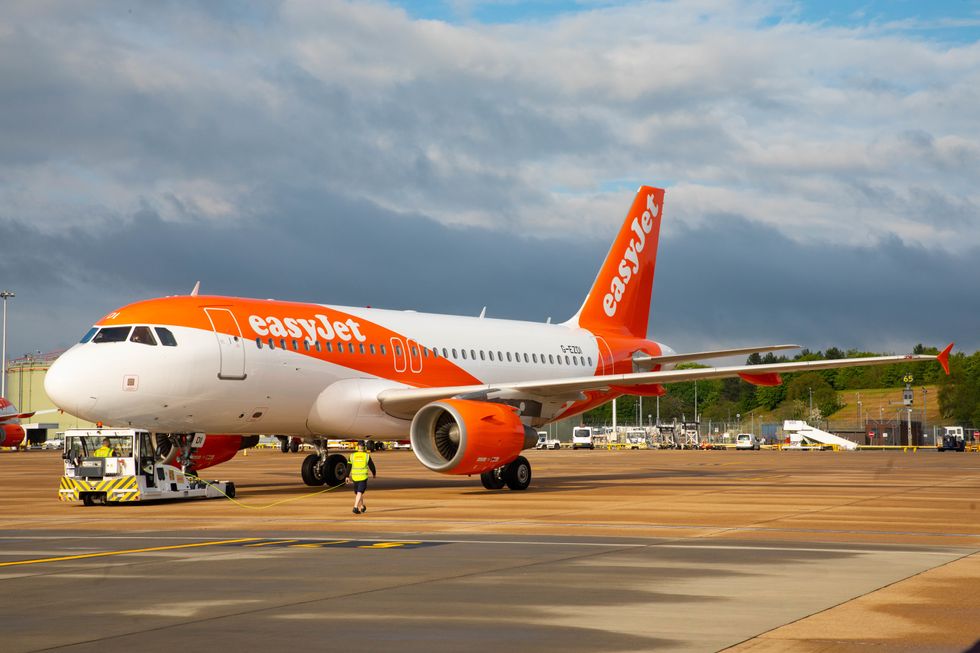
Easyjet plane
|PA
He said: “There’s a few airfields around the Easyjet network that require additional training in the simulators due to their complexity.
“That complexity can be because it’s got a short runway or it’s quite high above sea level or there’s a lot of terrain to consider.
“Some of those examples are Mykonos - very short, narrow runway.”
The runway is just 98 feet wide.
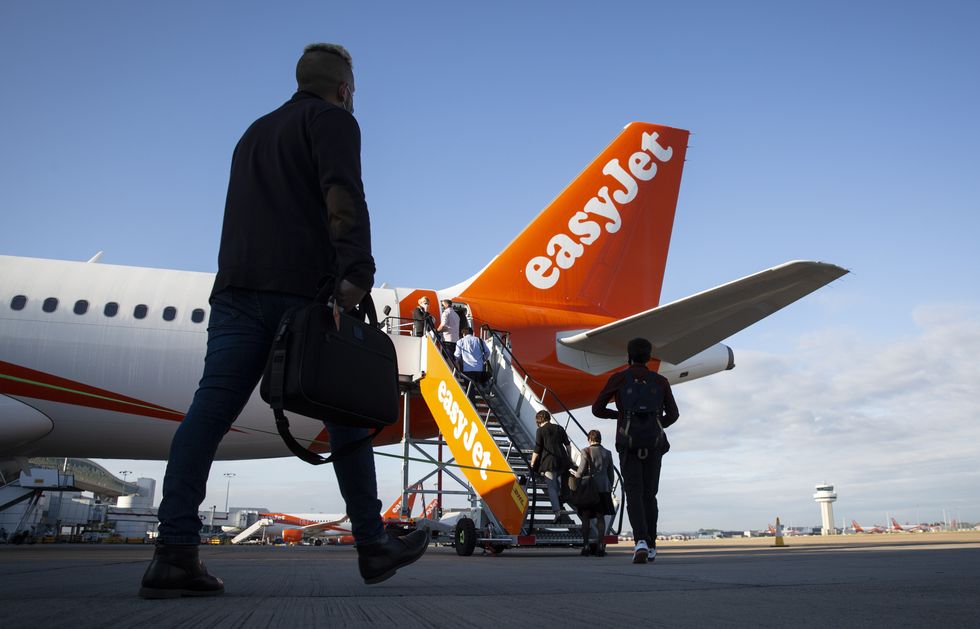
Passengers board easyJet flight EZY883 before it takes-off from London Gatwick
|PA
In comparison, the runway at Heathrow is around 196 feet wide.
Mykonos is extremely popular with British tourists with Greece coming in as the fifth most popular destination for UK-based holidaymakers.
The pilot added: “Funchal, Madeira - that’s got a bit of terrain there and some challenging winds to negotiate - You have to have additional training for that.”
The History Channel also labelled the airport as the ninth most dangerous in the world and third most dangerous in Europe.
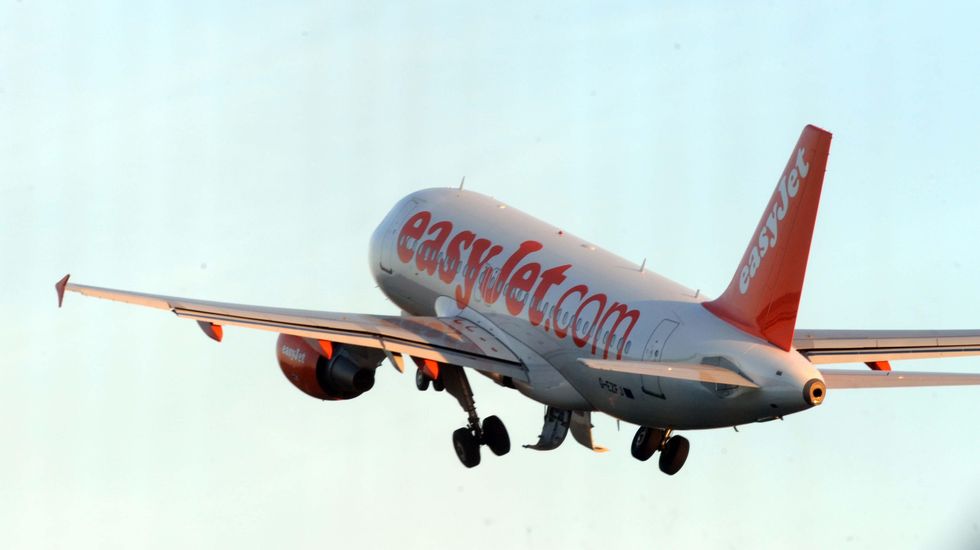
An easyJet flight leaves Bristol Airport
|PA
He concluded: “And then Innsbruck as well and that one the captain and the first officer will both need additional training, the simulators, and then they’ll need to fly there with the training captain before being able to fly there with passengers.”
All three runways at the Austrian airport have been identified as Category C, meaning it includes stretches of tarmac which can only be landed on by experienced pilots who have had specific simulator training.
The nearby Alps made it more difficult for pilots due to tricky winds.






